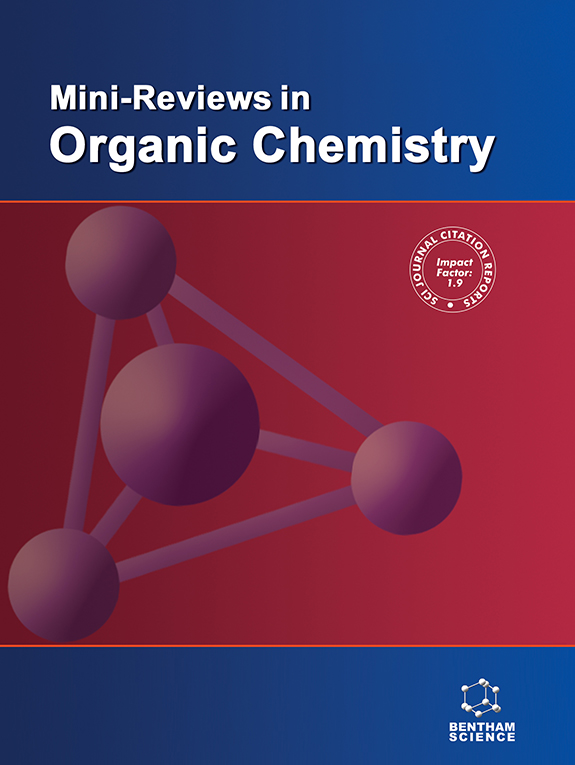Submission Tilte
Flexible Electronic Materials and Devices: Design and Applications
Submission Abstract:
Flexible electronics have undergone significant advancements in the past decade, enabling their application across a wide range of domains where conventional rigid electronics are not suitable. These include areas such as bioelectronics, electronic sensors, wearable technology, flexible displays, and medical devices. The innovations in flexible electronics are particularly critical in fields where properties like flexibility, stretchability, and lightweight construction are essential for both functionality and comfort.
Two primary strategies have been developed to introduce flexibility into electronic materials. The first strategy involves reducing the thickness of commercially available inorganic semiconductor materials, such as silicon and gallium arsenide, to nanoscale dimensions. This reduction enhances their flexibility while retaining their excellent electronic properties. The second strategy focuses on designing novel semiconductor materials that possess intrinsic mechanical flexibility. These materials include organic semiconductors, oxide semiconductors, and 2D materials.
Inorganic semiconductors, when thinned to the nanoscale, can bend and flex without breaking, making them suitable for applications requiring high performance and mechanical compliance. Organic semiconductors, on the other hand, offer inherent flexibility and can be produced at a lower cost using large-area fabrication techniques like printing. This makes them ideal for applications in flexible displays and low-cost sensors. Oxide semiconductors, such as zinc oxide and indium gallium zinc oxide, provide a good compromise between electronic performance and mechanical flexibility, making them useful in applications like transparent electronics and flexible transistors. 2D materials, including graphene and transition metal dichalcogenides (TMDs) like molybdenum disulfide, are particularly noteworthy for their exceptional mechanical properties and outstanding electronic characteristics. These materials can be integrated into flexible electronic devices to achieve high performance while maintaining flexibility and durability.
The future advancement of flexible electronic devices will necessitate a multidisciplinary approach, integrating material synthesis, device physics, engineering, and advanced characterization techniques. Innovations in material synthesis are crucial for discovering new flexible materials with enhanced properties. Understanding device physics and engineering principles allows for the design and fabrication of more efficient, reliable, and durable flexible devices. Advanced characterization methods are essential for thoroughly analyzing and optimizing the performance and reliability of these devices in real-world applications.
This Special Issue aims to compile a comprehensive collection of research papers, short communications, and review articles that focus on the synthesis of novel materials, device design and fabrication, advanced characterization of various flexible electronic devices, and various applications. The objective is to identify key milestones and address the challenges in the roadmap for future flexible electronics research, ultimately facilitating the development of next-generation flexible electronic technologies that can meet the demands of practical applications. Submissions are open from now until December 31, 2024. We sincerely invite you to contribute!




